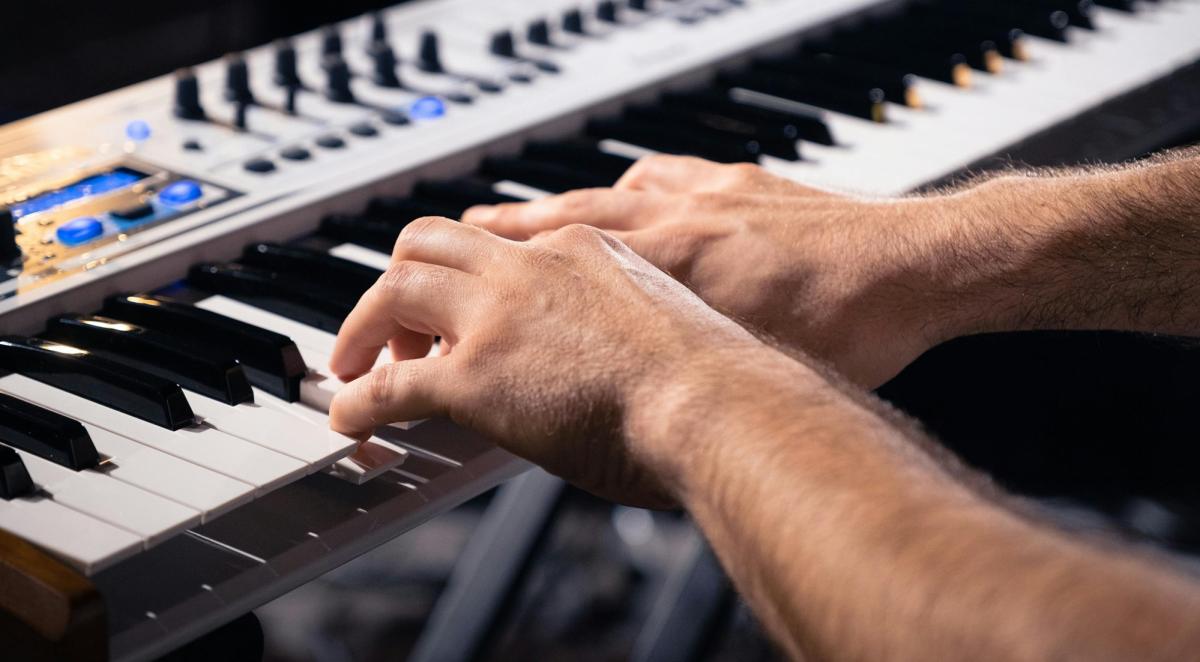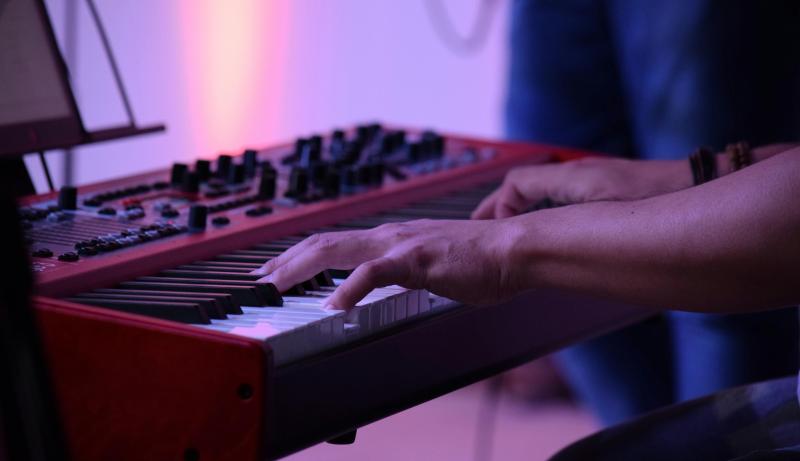Customizing the sound on your digital piano can significantly enhance your playing experience, allowing you to create a unique sound tailored to your musical preferences. Digital pianos often come equipped with various features that let you adjust and shape the sound to suit different styles and environments. Here’s how to make the most out of your digital piano’s customization options.
1. Explore Built-in Sound Settings and Voices
Most digital pianos come with a range of built-in voices, such as grand piano, electric piano, organ, and strings. Understanding how to navigate and adjust these options is the first step in customizing your sound.
Select and Combine Voices
Experiment with different voices by selecting them from your digital piano’s sound library. Many models also allow you to layer two or more voices together, such as piano and strings, to create a richer sound. This layering technique can add depth and texture to your music.
Use Voice Customization Features
Some digital pianos come with advanced voice customization settings. Explore options to adjust the volume, balance, and blend between layered voices. This feature is particularly useful for creating a unique sound profile for live performances or recording sessions.
2. Adjust EQ and Sound Effects
Equalization (EQ) and sound effects can help fine-tune your digital piano’s output to match your desired tone.
Modify the EQ Settings
EQ settings allow you to adjust the frequency balance of your sound. Increase the bass for a fuller, deeper tone or boost the treble for a brighter, sharper sound. Some digital pianos come with preset EQ modes (e.g., ‘Bright,’ ‘Mellow,’ or ‘Concert’) that can be applied to different musical genres.
Apply Reverb and Chorus
Reverb and chorus effects can enhance the spaciousness and richness of your sound. Reverb simulates the acoustics of different environments, such as a concert hall or a small room, adding depth to your playing. Chorus creates a slight delay between notes, giving the impression of multiple instruments playing together, which adds warmth and fullness.
Experiment with Other Effects
Depending on your digital piano model, you may have access to additional effects like delay, phaser, or distortion. These effects can be used creatively to produce unique soundscapes and are particularly effective for modern or experimental music styles.
3. Use Key Sensitivity and Touch Response Settings
Adjusting the key sensitivity and touch response of your digital piano can change the way it responds to your playing style.
Set the Key Sensitivity
Most digital pianos allow you to customize the touch sensitivity to match your preference. A higher sensitivity means that the keys will respond more dramatically to lighter touches, producing softer notes. Lower sensitivity results in more consistent volume, regardless of how hard or soft you play. Experiment with different settings to find what suits your playing style best.
Customize Velocity Curves
Some advanced digital pianos offer the ability to customize velocity curves, which define how the volume changes in response to the force of your keystrokes. Adjusting these curves can help create a more expressive or controlled sound, depending on the music you are playing.
4. Explore Sound Layering and Split Functions
Layering and splitting sounds can add versatility to your performances and practice sessions.
Layer Multiple Sounds
Most digital pianos come with a layering feature that allows you to combine two different sounds, such as piano and choir, to create a more complex sound. Adjust the balance between the two sounds to achieve the desired blend. For example, a soft string layer underneath a piano voice can add an emotional undertone to your music.
Use the Split Function
The split function enables you to assign different voices to each half of the keyboard. This feature is useful for performances where you want to play a bass line with your left hand and a melody or harmony with your right. Experiment with different voice combinations to add variety and depth to your playing.
5. Save Your Custom Settings
Many digital pianos offer the ability to save your custom sound settings as presets, allowing you to quickly access them during practice or performances.
Create and Save Presets
Save your preferred voice combinations, EQ settings, and effects as user presets. This makes it easy to switch between different sound profiles without having to adjust each setting manually. Presets can be particularly helpful for live performances where time is limited between songs.
Organize Your Presets
Label and organize your saved presets for easy access. Group them by song, genre, or mood to make selecting the right sound seamless and efficient. Some digital pianos even allow you to store presets on external USB drives, providing more storage options and portability.
6. Connect to External Software for Expanded Customization
Connecting your digital piano to music software can open up even more sound customization possibilities.
Use DAWs for Advanced Sound Editing
Connect your digital piano to a computer running a DAW (Digital Audio Workstation) such as Logic Pro, Ableton Live, or FL Studio. This allows you to use software instruments, apply detailed sound effects, and edit your sound with precision. MIDI connectivity or USB-to-host ports are commonly used for this setup.
Integrate with VST Plugins
VST (Virtual Studio Technology) plugins offer a wide array of virtual instruments and sound effects that can greatly enhance your digital piano’s capabilities. By integrating these plugins, you can experiment with sounds that go beyond your piano’s built-in options, providing endless customization possibilities.
Final Thoughts on Customizing Your Digital Piano Sound
Customizing the sound on your digital piano can elevate your playing experience and make your music more personalized. From adjusting EQ settings and exploring onboard effects to integrating with software and saving presets, taking advantage of your digital piano’s full range of features allows you to create a sound that is uniquely yours.



